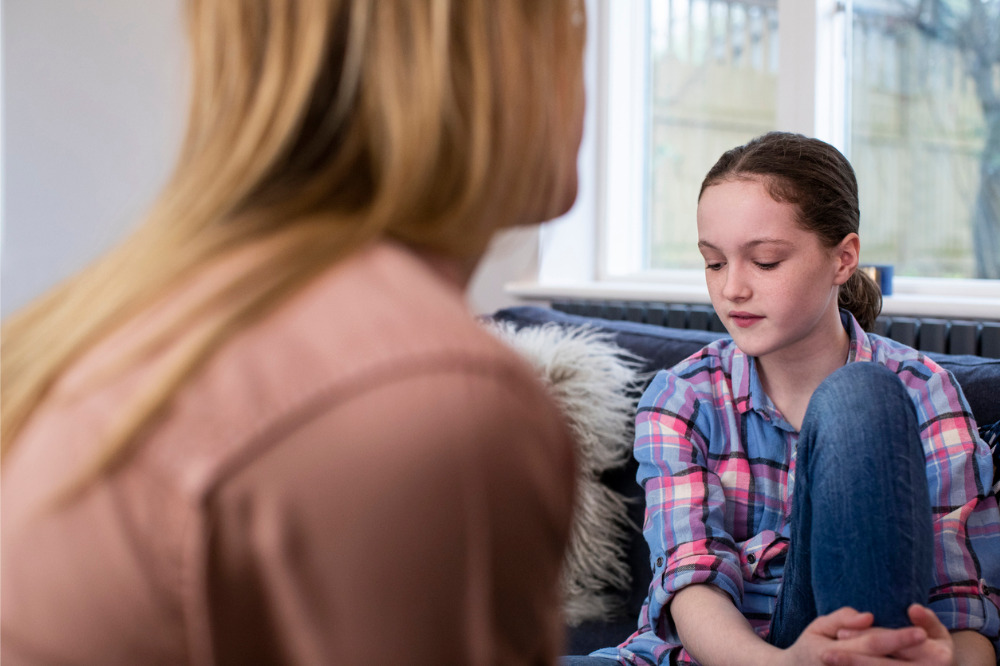
In July, a report found that teacher interventions to stop bullying from continuing are often unsuccessful and that a rethink of anti-bullying strategies is needed in Australian schools.
According to University of South Australia bullying expert, Professor Barbara Spears, the issue of bullying needs to be addressed at a community level if society is to successfully reduce its prevalence.
As parents are the ones who spend the most time with their children, they can be the most powerful influence on how their child treats – and responds to – their peers in the playground.
However, new research by the Queensland University of Technology (QUT) has found that only a small number of parents can clearly describe what bullying is.
While there is no universal definition of bullying, it is widely agreed amongst researchers that there are three essential elements: that the behaviour is ongoing, that it is intended to be harmful, and that there is a power imbalance.
Dr Lesley-Anne Ey of UniSA and Professor Marilyn Campbell from QUT surveyed a total of 201 parents of young children between the ages of 5-10 to define bullying and fighting in their own words and identify the differences between the two behaviours.
Their study, titled: ‘Do Parents of Young Children Understand What Bullying Means?’, found that only a minority (8%) of parents mentioned all three characteristics of bullying when asked to define it in their own words.
About 75% of parents mentioned one or two elements of bullying in their definitions, and they largely referred to intention and repetition.
The figures were more positive when parents were asked to identify scenarios, with 97% able to identify a traditional bullying scenario, 98% recognising cyberbullying, and 82% correctly identifying non-bullying and non-cyberbullying incidents.
A major cause of confusion amongst parents was the difference between fighting and bullying. Since fighting can occur between equals and may only happen once, it is considered different to bullying.
Between 18% and 42% of parents mistook non-bullying behaviours for bullying across different scenarios: 42% for a physical aggression scenario, 20% for a case of playful joking, and about one third for a singular cyber-fight and for a short exchange of nasty emails.
“This demonstrates that parents are confusing fighting and even playful behaviour with bullying,” the researchers wrote.
“This is of concern because if parents do not have a clear understanding of the differences between fighting and bullying, they might respond inappropriately.”
In the study, Dr Ey and Professor Campbell provided examples of how parents have reacted to misinterpretations of bullying and fighting citing prior research by Dr Ey & UniSA’s Professor Barbara Spears.
“Parents have confronted each other about perceived bullying incidents, and some parents fought or attacked one another on school grounds in front of the children,” they said.
Teachers reported that parents were over-reporting incidents of bullying, and that there is a need for educational programs or information sessions for parents.
“Parents want targeted information and guidelines on how to understand and manage bullying,” the researchers wrote.
“Working collaboratively with parents is key to help decrease bullying and providing education to children and parents is the first step in develop a shared understanding throughout the community.”
To address issues of bullying and protect children’s wellbeing, the authors argue for a collaborative approach between schools, parents, and students, but this is difficult if parents have trouble identifying exactly what is and isn’t bullying.
“Since parents’ understanding of bullying will influence the way they respond to the behaviour, it is essential to identify the gaps in their knowledge to inform educational material for parents,” the researchers wrote.
“By providing information and education for parents about bullying it is more likely that the concepts children are taught in schools will be reinforced at home which has the potential to benefit children, parents, and schools, strengthening a collaborative approach in addressing bullying.”


